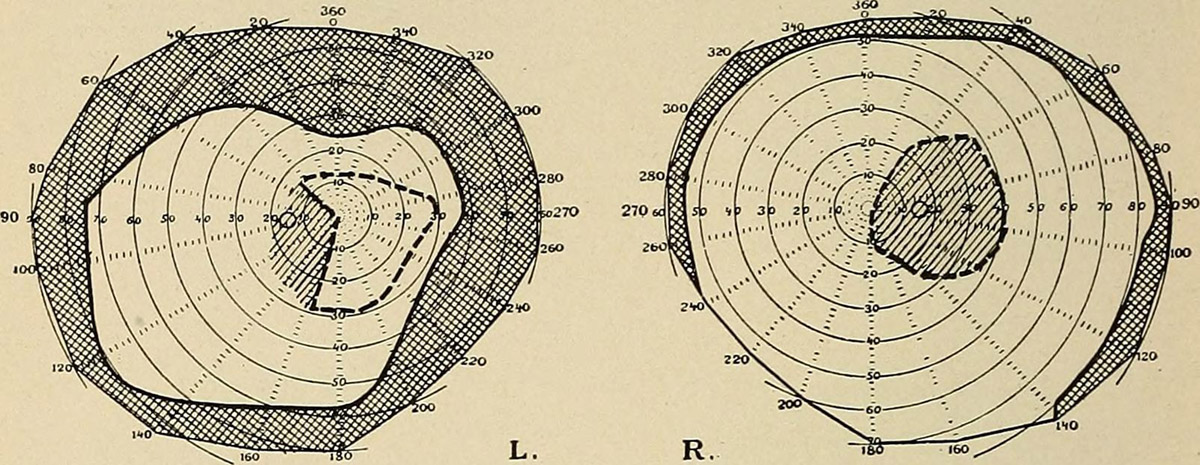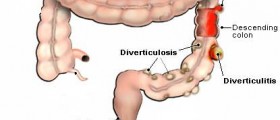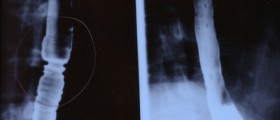
Definition of Multiple System Atrophy
Multiple system atrophy, Shy-Drager syndrome being one of its types, represents a rare neurological disorder affecting autonomic functions. As a result patients develop problems with blood pressure, heart rate, bladder function and intestinal tract. In the majority of cases multiple system atrophy affects adults in their 50s or 60s. The condition is reported more in men than in women and progresses gradually inevitably leading to death.Symptoms of Multiple System Atrophy
In multiple system atrophy the condition affects multiple parts of the body, hence the name. The condition used be known as Shy-Drager syndrome. Today multiple system atrophy is considered a complex condition that may be classified into two types, parkinsonian and cerebellar. This classifications is based on the symptoms that occur. Parkinsonian type of multiple system atrophy is characterized by muscle rigidity and patient's inability to bend his/her extremities. Furthermore, there is bradykinesia, tremor and impaired posture and balance. Cerebrallar type of multiple system atrophy is associated with ataxia (gross lack of coordination of muscle movement), unsteady gait, loss of balance, slurred/slow speech, visual issues (blurred vision for example) and swallowing/chewing difficulty.
Apart from all the mentioned patients additionally experience postural hypotension, impotence and loss of libido, urinary incontinence, insufficient production of sweat, tears and saliva, problems with regulating body temperature and constipation. Irregular heart beat and abnormal breathing at night may occur as well.
Causes, Incidence and Risk Factors
As for causes of multiple system atrophy, they remain unknown. Scientists are trying to identify potential triggers and determine whether the condition can be prevented. Many of them believe that there is an inherited component and environmental toxin associated with the onset of the disease. The evidence to confirm these theses is still insufficient.
On the other hand, condition is confirmed to cause deterioration and shrinkage of certain parts of the brain, predominantly the cerebellum, basal ganglia and brainstem. These portions of the brain are in charge with many vital functions, some of which are regulation of body temperature, digestion and motor control.
Microscopic evaluation of tissues affected by the disease shows abnormally large amount of a protein alpha-synuclein in nerve cells. So it seems that the protein has some role in the disease and its overexpression may be the reason why symptoms and signs occur. It is confirmed that the incidence rate of multiple systemic atrophy affecting individuals between the age of 50 and 99 is 3.0.
Treatment and Prognosis
Unfortunately, multiple system atrophy is incurable and patients may only benefit from symptomatic therapy. Scientists are trying to find the medication that may be able to stop the decline in nerve function.
Medicamentous treatment comprises drugs that prevent sudden drop in blood pressure, laxatives/stool softeners, drugs that deal with urinary issue and medications for sexual problems. Blood pressure is, for example, controlled with fludrocortisone, midodrine, beta blockers and Indomethacin. Laxatives are essential for constipation such patients frequently have to deal with. Even though oxybutynin, tolterodine and propaphenone may successfully eliminate urinary symptoms, they all aggravate the already existing constipation. Impotent men many times require drugs like sildenafil.
Apart from medication patients also require dietary modifications. Blood pressure issues can be brought under control with increased intake of fluids and salt. What is more, similar effects are achieved with beverages containing caffeine. Meals are supposed to be small but frequent. Food should be softer, especially if patients have swallowing difficulties. Such patients are due to increase intake of foods rich in fiber and completely avoid alcohol. Mild exercise is recommended as well.
Additionally, patients should avoid too much heat, those with speech difficulties must undergo speech therapy while penile implants are indicated only in severe cases of impotence. Occupational therapists may be required as well. They help the affected individuals live their lives independently, performing every day activities without anyone else's help. Feeding tubes and intermittent catheterization are required in advanced stages. Finally, all the necessary support patients may receive by their family members, friends and by joining a supporting group.
Prognosis is not so good. Many times the condition progresses rather quickly. Unfortunately there is no remission. In the majority of cases patients survive between 7.3 and 9.3 ages after being diagnosed. Approximately 80% of all patients develop certain level of disability within the first 5 years. Still, progression and speed of decline vary a lot from patient to patient.
Multiple system atrophy is associated with many complications , most of which are blamed for lethal outcome. Patients experience progressive inability to walk and they eventually become incapable of taking care of themselves. This interferes in performing even the simplest every day activates making patients dependent on their relatives, friends or caregivers. These patients are additionally prone to falls and other injuries and frequently face various side effects of many medications they have to take on a daily basis.
All in all, in spite of all the attempts, the progression of multiple systemic atrophy is unstoppable. Initially medications may bring symptoms and signs under control, but these eventually become rather intensive making the living of these patients hard. The worst thing is that these patients have to face the fact that they are not going to get better but , instead, will have to deal with progressive loss of almost all functions of the body.

















Your thoughts on this
Loading...